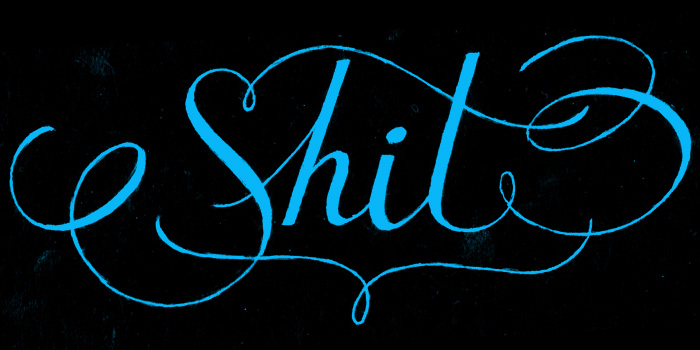
You've probably seen the video by now, as it's been making the rounds in pretty much ever social network.
It's pretty funny, and well written. Having a guy play the part of the girl is pretty ingenious and the whole thing is put together skillfully, with its repetition and quick cuts. It has a lot of what makes pop songs catchy, just in video form.
What really interests me about the video, though, is how it's transformed into a meme that has become increasingly granular. In fact, I wasn't aware of the video until I saw one of the take-off on it. Several of my friends posted a link to the video, "Shit New Yorkers Say," which was somewhat funny to me (as a Bostonian). I couldn't totally relate to it though, as I'm not a New Yorker. I've been there many times, but I don't know it as intimately as my friends. I understood some of the jokes, but not all of them, so I watched the video and then moved on to the next thing.
The following day, another group of friends posted a link to this video:
This I could relate to and here's where it gets interesting. I've been a passionate mountain biker for the past three years, and it's a subculture which I've immersed myself in. I've probably said a bunch of lines from that video, and so for me there's a lot of truth in it. That authenticity is where the power in these videos is, combined with the sense of community they create. If you're not a mountain biker, you probably didn't relate to that last video, but that's what makes it great. The tribe of mountain bikers is so small that it has developed specialized language to accompany the central activity of the group. In essence, the language is one of the main defining aspects of the subculture.
We humans have always sought to form groups of like-minded individuals, and in the modern connected area, this is easier than ever. We're no longer limited by spacial boundaries, but we still seek out ways to make these connections. Language is one of them, and so are these sort of cultural artifacts that we create. They are a means to bring together members of a subculture from far-flung reaches of the globe and create things to talk about and share common experiences. We all seek these things out, and therein lies their power.
The Implications for Branding
Of course, professionals in the Branding spheres have known this for a long time. Logos are artifacts, so are modes of fashion and pieces of media. Just as a lot of the videos in this meme were created out of a passion for their culture, I've seen quite a few that were created by more corporate entities. From my point of view, not a single one of them has rung true. They have that whole stink of cashing in on the zeitgeist, for money and profit.
Smart folks in Branding know that you can't create these memes, and most of the time you can't piggy back off of them either. People can smell inauthenticity from a mile away, especially in such niche subcultures as mountain bikers (or fixed gear riders, or knitters, or organic gardeners, etc.). The risk of coming off as fake is always a consideration when you're creating branding, but if you're just recycling someone else's idea, you're chances of attaining an honest connection are pretty small. Your best hope is to already have enough brand equity in the viewer to overlook the face that you're just taking wholesale from an original idea. There hasn't really been a lack of corporations doing this historically, but I would suggest that this is the root of some of the corporate disillusionment in our society.
Strive for Authenticity
When we create branding, it's imperative that we understand our audience. It's not about riding the latest wave, it's about making connections. To do that, you really have to get to know who the audience is. One of the first things to realize is that you don't dictate branding. You can help to guide it, and provide input, but brands—whether they be corporate or non-profit or individual—are always about conversation. The hard reality that most organizations struggle with is that brands are not dictated, but are shaped by people just as much as they are created by designers, strategists and marketers.